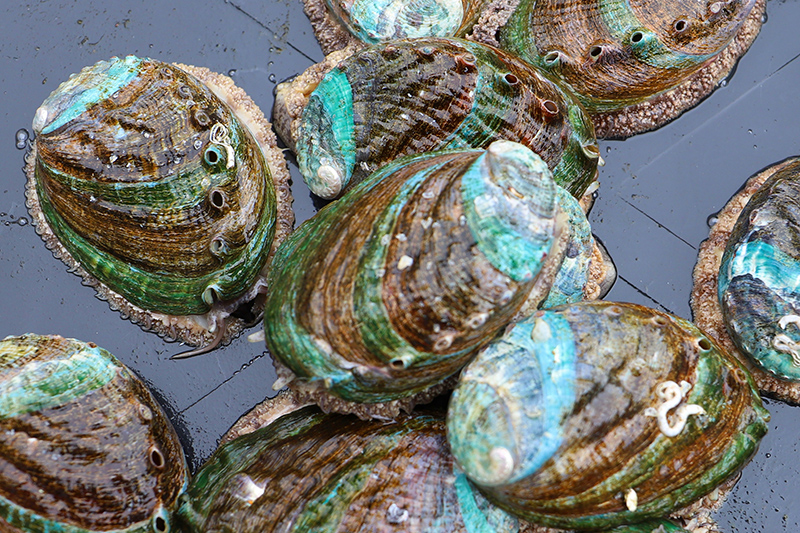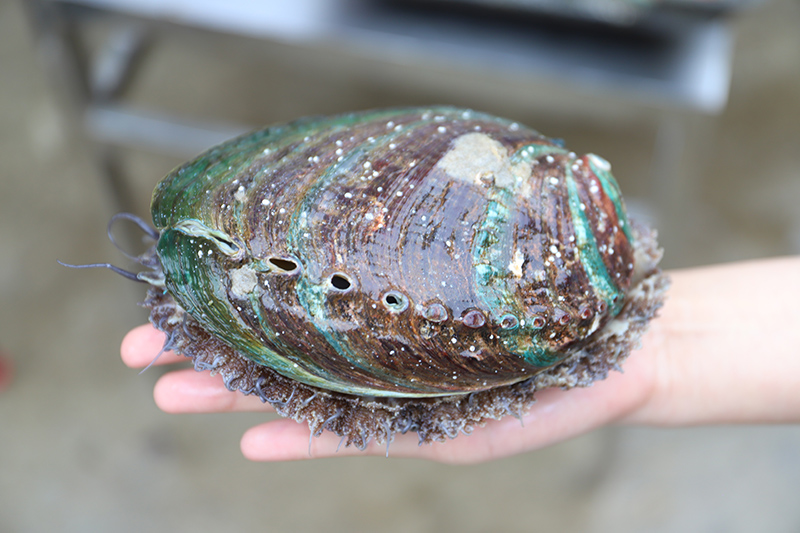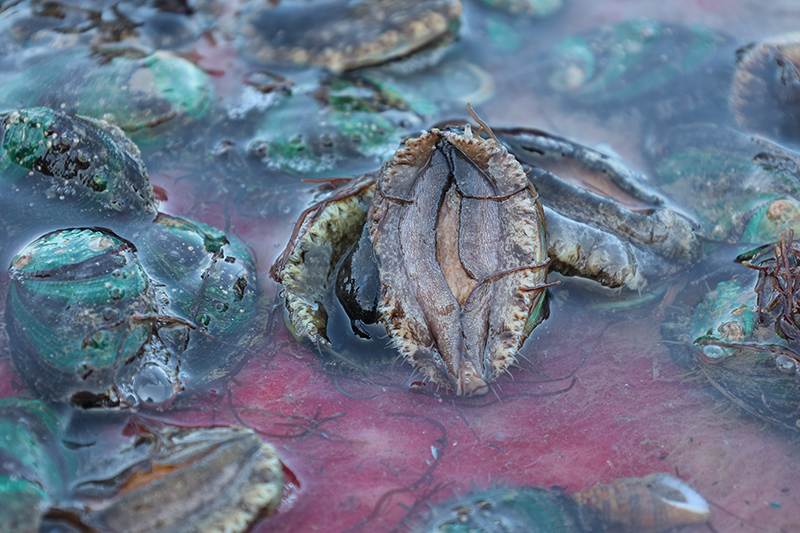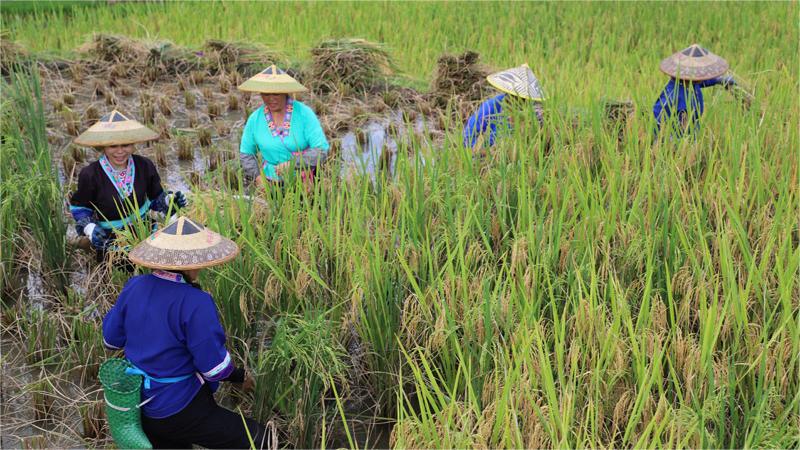Lianjiang county: Home of abalones in China
Boasting the highest abalone production among county-level areas in China for many consecutive years, Lianjiang county in Fuzhou city, capital of southeast China's Fujian Province, has been dubbed the "home of abalones in China."
In 2022, Fujian Province produced 182,000 tonnes of abalone, accounting for nearly 80 percent of the country's total. Lianjiang county, as Fujian's largest fishing county, produced 54,200 tonnes of abalone with an abalone farming area of 22,100 mu (about 1,473.33 hectares) in 2022, achieving an output value of over 5.42 billion yuan (about $760 million).

Photo shows an abalone farming area in Lianjiang county, southeast China's Fujian Province.
Bordering the Taiwan Strait to the east and the Minjiang River in Fujian Province to the south, Lianjiang county has a long coastline, numerous islands, and natural harbors.
With clear water, smooth tidal flow, high salinity, suitable water temperature, and abundant supply of abalone feed like kelp and asparagus, Lianjiang provides an ideal environment for the growth of abalone.
The Lianjiang abalone is known for its "plump body, vibrant shell, tender meat, delicious taste, and rich nutrition."

Photo shows abalones in Lianjiang county, southeast China's Fujian Province.
Abalone used to be a rare delicacy due to its long growth cycle and difficulty collecting.
Thanks to the development of abalone aquaculture technologies in China, abalone has gradually become a regular at the dinner table, and is no longer considered "a gift from nature."
So far, Lianjiang has bred multiple species of abalone, with its annual abalone seedling production reaching 2.6 billion.
Abalone farming is greatly affected by factors such as high temperatures, red tides, and typhoons. If the water temperature remains above 28 degrees Celsius for more than a week, abalones will begin to die.

Photo shows an abalone in Lianjiang county, southeast China's Fujian Province.
Therefore, every year from April to May, sub-adult abalones in Lianjiang collectively migrate northward, "boarding" ships to northern waters of the country for a "summer retreat."
By mid-November, as the water temperature in Lianjiang decreases, the abalones that are not sold elsewhere are transported back to Lianjiang for further cultivation.

Photo shows abalones in Lianjiang county, southeast China's Fujian Province.
In 2022, the total production of aquatic products in China reached 68.66 million tonnes, among which nearly 34.6 million tonnes were marine products. Fujian Province, with a production of more than 7.62 million tonnes of marine products, ranked first among provincial-level regions in the country.
Among the seafood sources in Fujian, the amount of marine fishing reached nearly 2.15 million tonnes, and the amount of mariculture was 5.48 million tonnes. The province's aquaculture production of large yellow croaker, swimming crab, oyster, abalone, and kelp all ranked first in the country in 2022.

Photo shows abalones in Lianjiang county, southeast China's Fujian Province.
Photos
Copyright © 2024 People's Daily Online. All Rights Reserved.









